-

Polyco® Chemprotect Chemical Resistant Work Gloves™
From £12.99 To £21.99Supplied in: One pair -
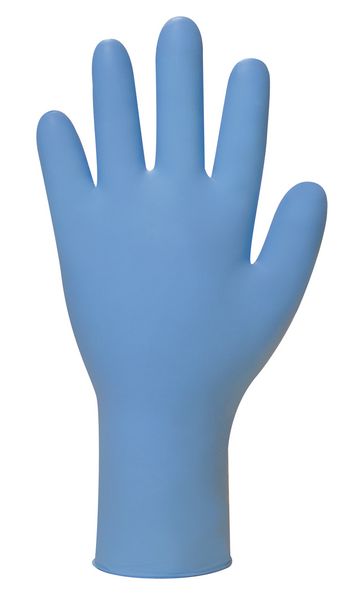
Polyco® Finite™ Powder-Free Nitrile Gloves
From £14.49 To £14.99Supplied in: Pack of 100 -

Nitrile Gloves
£0.99Supplied in: Single Pair -

Polyco® Long John Gloves™
£14.99Supplied in: One pair -

Acrylic Gloves Dispensers
From £33.42 To £94.99Supplied in: Single -

Grip Gloves
£0.99Supplied in: One pair -
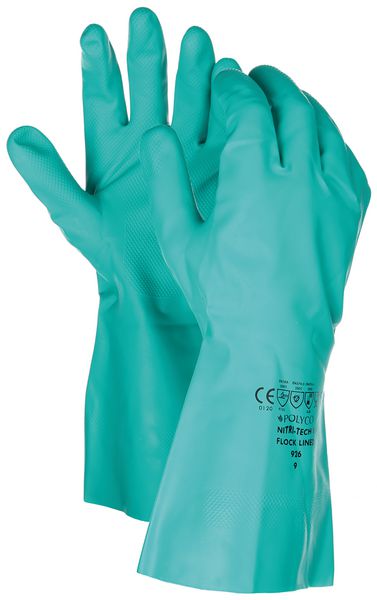
Polyco® Nitri-Tech III Flock Lined Gloves
From £1.99 To £2.49Supplied in: One pair -

PPE Storage Boxes - Gloves
From £14.99 To £50.69Supplied in: Single -

Ansell Sol-vex® 37-675 Chemical Resistant Gloves
From £2.99 To £3.00Supplied in: One pair -

Ansell HyFlex® 11-801 Cut Resistant Gloves
From £7.00 To £7.49Supplied in: One pair -

Polyco® HexArmor Mechanics Glove 4018
£38.99Supplied in: One pair -

Ansell Versatouch™ 87-195 Reusable Chemical Protection Gloves
£0.99Supplied in: One pair -
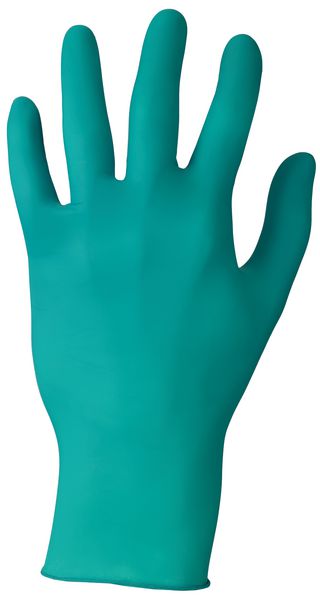
Ansell Touchntuff® 92-600 Single-Use Nitrile Chemical Gloves
£28.99Supplied in: Pack of 50 pairs -

Electricians Gloves
From £31.42 To £36.76Supplied in: One pair -

Ansell Crusader Flex® Heat Resistant Gloves
£15.99Supplied in: One pair -

Delta Plus Waterproof Cold Temperature Gloves
From £8.64 To £8.65Supplied in: One pair -

Hantex® Alpine Thermal Dual Latex Coated Glove
£4.99Supplied in: One pair -

Honeywell PU 1st White Dexterity Work Gloves
£7.42Supplied in: One pair -

Polyco® HexArmor® 4041 NSR Puncture Resistant Gloves
£88.49Supplied in: One pair -

Polyco® Powder-Free Bodyguards® 4 Clear Vinyl Disposable Gloves
£5.49Supplied in: Pack of 100 -

Cut 5 PU Palm Gloves
£13.77Supplied in: Three Pairs -

Eurotechnique® Heat Resistant Gloves
£16.57Supplied in: One pair -

Polyco® Powder-free Bodyguards® 4 Blue Vinyl Disposable Gloves
£6.99Supplied in: Pack of 100 pairs -

Polyco® Hypoallergenic Work Gloves
£2.49Supplied in: One pair -

Uvex U-Fit Lite Disposable Nitrile Gloves - no silicone
£13.07Supplied in: Box of 100 -

Polyco® SharpsMaster HV 7082 Puncture-Resistant Gloves
From £74.99 To £80.99Supplied in: One pair -
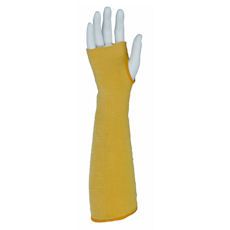
Polyco® Touchstone Cut Resistant Sleeves
£6.81Supplied in: Single -

Polyco® Matrix D Grip Gloves
From £0.99 To £1.16Supplied in: One pair -

Uvex Top Grade 7200 Black Heat-Resistant Welding Gloves
£13.50Supplied in: One pair -

Ergodyne Squids® 3400 Safety Glove Clip
From £5.91 To £5.99Supplied in: Single -

Polyco® Bodyguards® Powder-Free Disposable Latex Gloves
£14.99Supplied in: Pack of 100 -

Criss Cross PVC Grip Gloves
£1.49Supplied in: One pair -

Orange Latex Multi-Purpose Gloves
£2.49Supplied in: One pair -
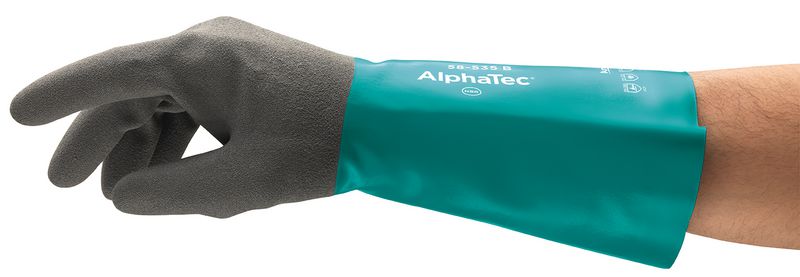
Alphatec® 58-535 Ansell Nitrile Chemical Resistant Gloves
£9.49Supplied in: One pair -
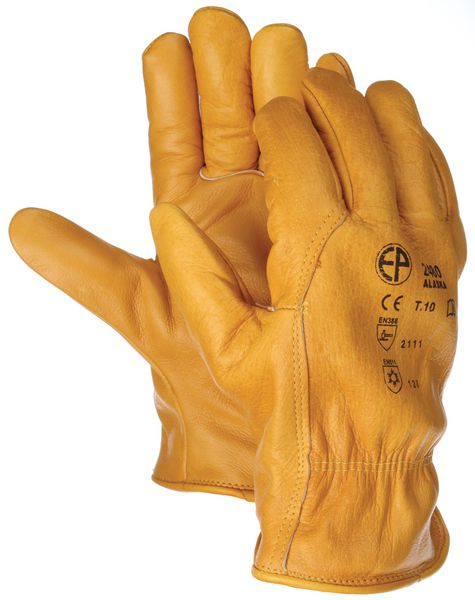
Ansell Thinsulate® Lining Gloves
£18.64Supplied in: One pair -

Ansell ChemTek™ Chemical Protection Gloves
£46.99Supplied in: One pair -

Polyco® Nitrile Lined Chemical-Resistant Gloves
£3.31Supplied in: One pair -

Standard Rigger Glove
£2.49Supplied in: One pair -

Uvex Profastrong Chemical Resistant Gloves
£2.99Supplied in: One pair -

Vinyl Powder-Free Gloves
£0.89Supplied in: Single Pair -

Polyco® Powdered Bodyguards® 4 Clear Vinyl Disposable Gloves
£5.49Supplied in: Pack of 100 -

Polyco® Grip It Nitrile Gloves
£3.69Supplied in: One pair -

Polyco® Hexarmor Arm Guard AG8TW - Cut Resistant Sleeve
£42.99Supplied in: Single -

Ansell Safe-Knit® Heat & Cut resistant Protective Sleeve
£21.73Supplied in: Single -
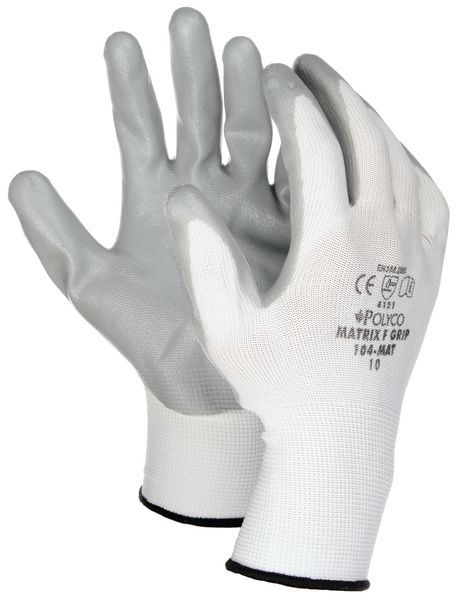
Polyco® Matrix F Grip Gloves
From £2.41 To £2.49Supplied in: One pair -
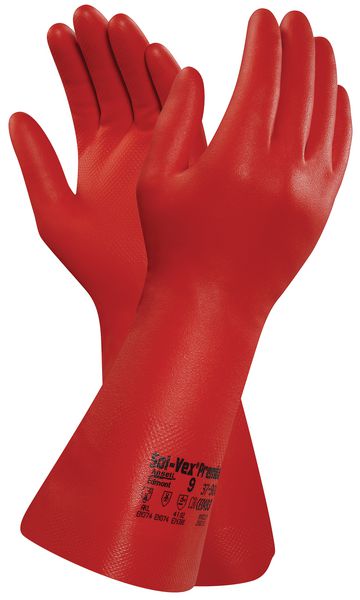
Ansell Sol-vex® 37-900 Chemical Protective Gloves
From £5.09 To £6.49Supplied in: One pair -

Ansell Neotop® Neoprene Chemical Protection Gloves
From £3.49 To £3.99Supplied in: One pair -

PU Coated Gloves
£1.49Supplied in: One pair -

Nitrile Coated Polyester Gloves
£0.54Supplied in: One pair -

Full Grain Leather Drivers Gloves
£3.99Supplied in: One pair -

Supertouch Deflector 5X Gloves
£3.50Supplied in: Single -

Polyco® Premium Spandex Safety Gloves
£21.99Supplied in: One pair -

Polyco® Matrix Mechanics Gloves
£11.99Supplied in: One pair -

Polyco® Rig Lizard Gloves
£53.99Supplied in: One pair -

Polyco® Powdered Bodyguards® Disposable Latex Gloves
From £8.99 To £9.99Supplied in: Pack of 100 -

Honeywell Workeasy Black PU Work Gloves
£3.49Supplied in: One pair -
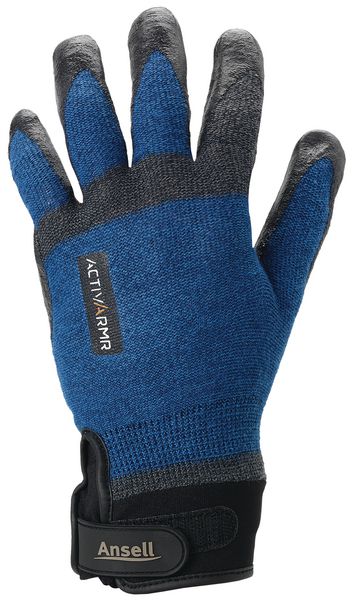
Ansell Activarmr® 97-003 Heavy Labourer Gloves
£50.69Supplied in: One pair -

Ansell Hyflex 11-724 Cut Resistant Gloves
£7.99Supplied in: One pair -

Ansell HyFlex® 11-800 Glove
£2.99Supplied in: One pair -

Eurotechnique® Welding Gloves with Cuff
£9.99Supplied in: One pair -

Ansell Versatouch® 78-102 Thermal Insulating Food Gloves
£3.95Supplied in: One pair -

Ansell ActivArmr® 97-011 Thermal Gloves
£28.29Supplied in: One pair -
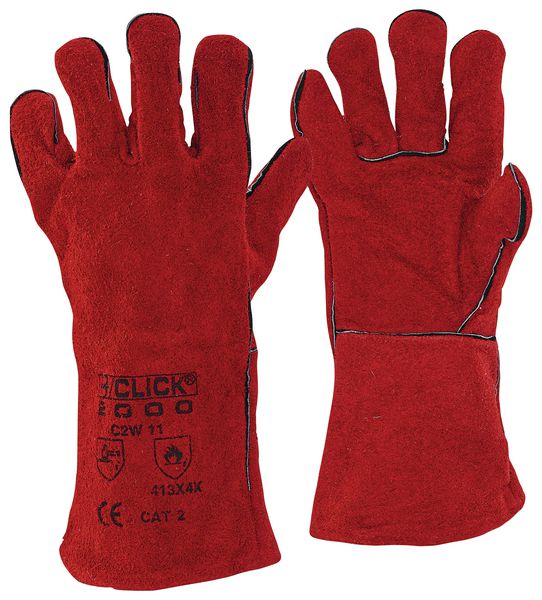
Cat 2 Gauntlet Welding Gloves
£5.54Supplied in: One pair -

Ansell Workguard™ Welding Gloves
£13.09Supplied in: One pair -

Ansell Neotouch® Chemical Gloves
£48.99Supplied in: Pack of 50 pairs -

Uvex Phynomic XG Grip Gloves
£7.99Supplied in: One pair -

Nitrile Foam Gloves
£1.99Supplied in: One pair -

Touch Screen Utility Gloves
£6.10Supplied in: One pair -

Ansell Virtex® 79-700 Chemical Resistant Gloves
£2.31Supplied in: One pair -

Ansell HyFlex® 11-518 Cut Resistant Gloves
£10.99Supplied in: One pair -

Ansell Profood® Safe-Knit® Cut Resistant Food Gloves
£18.99Supplied in: Single Glove -

Uvex Phynomic Cut Protection Gloves
£13.14Supplied in: One pair -

Ansell Versatouch® 92-200 Single-Use Nitrile Food Gloves
£37.99Supplied in: Pack of 50 pairs -

Stockinette Knitwrist Glove
£0.49Supplied in: One pair
Safety Gloves
Need help?
 Do you comply with safety glove legislation?
High-performing safety gloves for all working environments
Do you comply with safety glove legislation?
High-performing safety gloves for all working environments
Supplying staff with safety gloves is a great way to protect against many possible dangers. There are many risks present in the workplace that can cause injuries to a worker’s hands, depending on the specific industry and task. This can range from minor cuts and grazes through to more serious injuries, such as the loss of a finger or hand.
Once all other measures have been taken to limit the number of risks present, safety gloves can give additional security for employees and allow them to conduct their work safely. The specific type of hand protection that is needed will depend on the individual threats and the type of work that employees are engaged in. Shop now to make sure your hands are properly protected.

Expert Information
Also discover:
PPEHead protectionFall arrest system Eye ProtectionEar defendersBreathing protectionSafety footwearChemical Resistant GlovesCut resistant glovesDisposable GlovesElectricians GlovesWork glovesMechanics GlovesThermal GlovesWelding gloves
Expert Advice: Safety Gloves and Hand Protection
Why do you need safety gloves?
Hand protection, including chemical resistant, electricians’, welding and heat resistant, are just some of the types of PPE that must be provided to workers who operate in certain hazardous environments.Reducing the risk of hand injuries makes the workplace safer and give employees greater confidence when performing their duties. A recent Occupational Safety and Health Administration (OSHA) study found that up to 70.9% of hand and arm injuries could have been prevented with Personal Protective Equipment (PPE).
These injuries would have been avoided with the use of appropriate safety gloves or work gloves. The study found that additionally, in 2012 roughly 8,000 of these injuries to hands and arms required a job transfer or job restrictions. Ensuring that your workers have the correct gloves is key to maintaining a healthy, safe workplace, and it also helps to ensure that fewer workdays are missed.
Different types of safety gloves
There are a variety of risks to hands in the workplace, and protective gloves are designed specially to cater for specific hazards, so it’s essential to choose a product that meets your requirements. Within our range, you’ll find products from well-respected brands, including Polyco, Ansell, Honeywell and more.For instance, disposable gloves are suitable for many healthcare and catering environments and are often resistant to grease and oils. General purpose gloves are flexible and durable and are typically used by construction workers, warehouse operatives and gardeners. They can include features such as grip, insulation or protective coatings.
Specialty safety gloves and work gloves
More specialist gloves include those designed for individual hazards, for instance, workers who operate chainsaws and require anti-vibration protection, or those in scientific environments who need protection from chemicals or heat.There are many different categories of specialty safety gloves to consider. Some examples of safety gloves are:
- Chemical protection gloves – these rubber gloves are made to protect the wearer against a wide range of harmful chemicals, solvents, and cleaning agents. Gloves such as the Polyco Chemprotect ensure that the wearer’s hands do not come into contact with harmful substances while also resisting tears and abrasions.
- Disposable latex, vinyl or acrylic gloves – we are all familiar with these gloves and have all worn these versatile gloves on many different occasions. They can also be purchased in dispensers to save time and cut costs.
- Puncture or cut resistant gloves – these gloves are usually used for component handling, metal fabrication, and sheet metal manufacturing, but cut resistant safety gloves can come in handy for a wide range of other jobs.
- Electrical safety gloves – electricians will need these specialty gloves that are made of latex and protect the wearer from certain voltage levels.
- Heat resistant gloves – these gloves are essential for work involving hot objects and are tear-resistant as well. A blend of cotton, nitrile and polyester allows gloves like the Ansell Crusader Flex to comfortably protect the wearer from temperatures up to 180°C.
Choosing the right safety gloves
To ensure that your hand protection is effective, it needs to be designed to mitigate the individual hazards faced by employees. Therefore, it’s vital to assess the risks and see how these can be minimised.You will also need to check if the worker will be operating in cold or wet conditions and if they’ll be inside or outside, as this might require the use of insulated or waterproof gloves.
The hazards that are being handled are a key consideration when selecting protective equipment, such as if it has a rough or sharp surface and if it’s a liquid that will irritate or harm the skin.
Safety glove fit and regulation
For gloves to provide maximum levels of protection, they must fit correctly, so check the individual glove sizes for each employee to ensure that they have the right glove. Above all, they should not hamper the worker when they are operating machinery or carrying out a task. For example, we supply a range of mechanic gloves which are not bulky so that the person can still work with precision. Using the EN388 legislation will also help you select the most suitable safety gloves for your workplace environment.The use of safety gloves
Choosing the right type of gloves is only the first step, and employers also need to check that workers are using the product correctly. They should be trained in wearing them properly and the hazards that they protect against.It is advisable to review how frequently the equipment is used, and gain feedback from employees on wearability, durability and practicality, to ensure that they are working as they should be.
FAQ's
How do I choose the correct size?
As fit is such an important factor in the performance of protective gloves, it’s essential that all workers measure their hands and wear the appropriately sized product. This is based on the circumference of the palm, the length of the middle finger, the length of the hand and the glove’s overall length.What options are available for workers who are allergic to latex?
Not all disposable gloves are manufactured from latex, and for those who have an allergy to this, there are alternatives available, including vinyl and nitrile gloves. These gloves provide the same level of protection for those with allergies or sensitivities.How should reusable gloves be cleaned?
To extend the life of reusable safety gloves, it’s important to ensure that they are cleaned correctly after each use. The type of substances used to clean the products will vary, so it’s vital to check the specific instructions for individual products to avoid causing any damage. For instance, some products are not resistant to chlorine, whereas others have a maximum temperature resistance that needs to be maintained.How can I best maintain my gloves?
There is more than cleaning that you can do to extend your gloves’ lifespan. Proper maintenance and glove care is an integral element of workplace safety.The following considerations should be a part of safety and work glove training:
- Lifespan – it is important to know how long gloves can be safely used and reused. Disposable gloves should never be reused, but specialty gloves will have an expiration date, regardless of how well they are cared for. For example, for chemical protection gloves, you must be aware of the gloves’ absorption qualities and the toxicity of the chemicals they are exposed to.
- Storage environment – gloves need to be stored appropriately. The temperature and moisture levels of the storage area are key considerations when storing your gloves. For example, rubber-insulated gloves cannot be stored in areas with concentrated direct light, steam or heat.
- Maintenance checks – safety gloves should be routinely checked for discolouration, stiffness, holes, cracks or tears. Most of the time, a visual inspection is enough for work gloves, but occasionally a more thorough check is needed – like filling a glove with water and checking for any leaks or drops.
What do the numbers on safety gloves mean?
You may have noticed that each pair of your safety gloves has a 4-digit number. This number is the EN388 rating and illustrates the safety rating of the glove according to its abrasion resistance, blade cut resistance, tear resistance and puncture resistance – in that order.The ratings are made according to a scale of 1 – 4 with 1 being the lowest rating and 4 being the highest rating. However, for the blade cut resistance rating, the scale actually extends to 5. These are the safety gloves standards across Europe and should be used when deciding on the right gloves for the right job.

